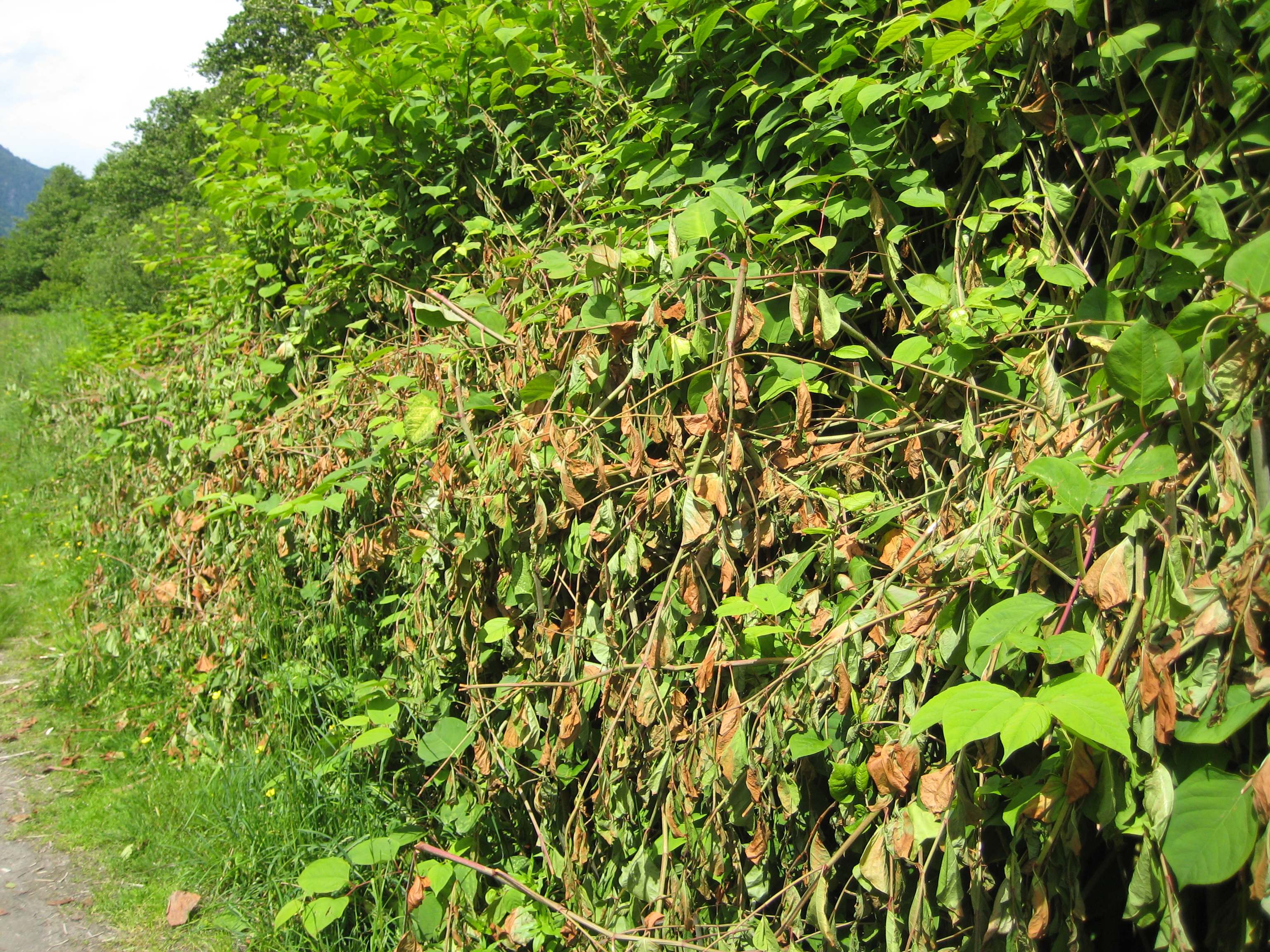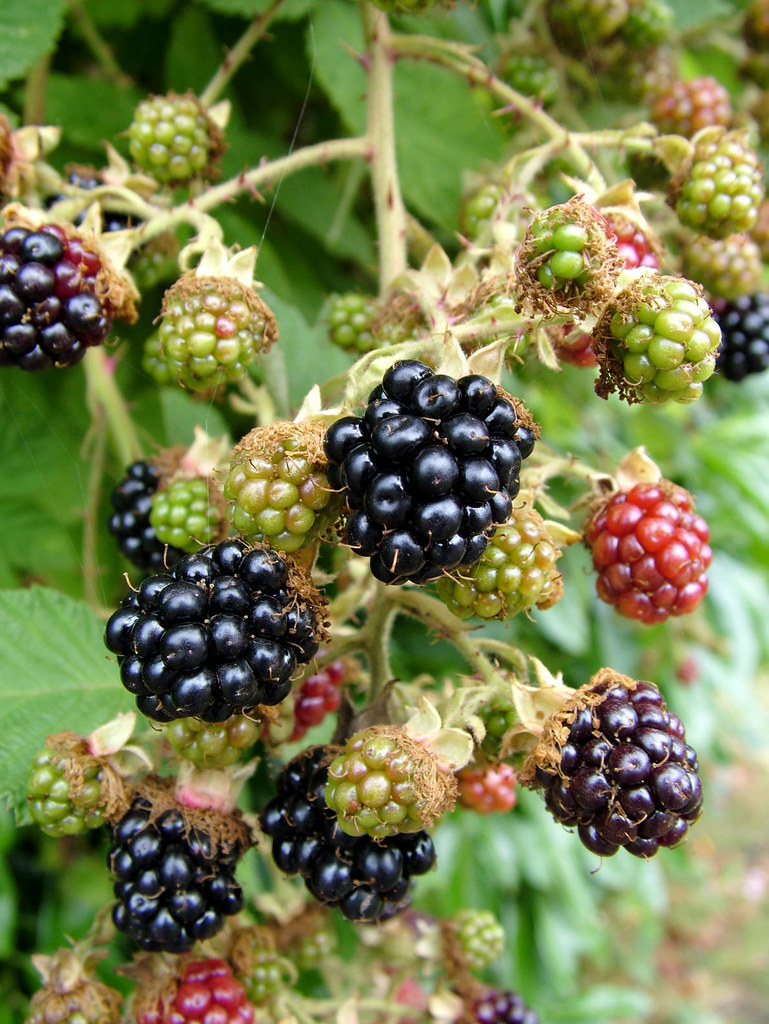Calling all green thumbs!
Join us on a journey to cover key plant terminology from A-Z, and learn why these terms are important for understanding invasive species.
Today, we will cover M-O.


Monocot
Monocot: definition
A type of plant that starts with one seed leaf (cotyledon) when it grows. These plants usually have long, narrow leaves with parallel veins, flower parts in threes, and roots that spread out like a mat.
Examples:
-
Grass
-
Corn
-
Rice
-
Lilies
How this term applies to invasives
Some invasive plants are monocots, and their growth traits—like fast spreading roots and quick reproduction—can help them take over habitats. Because monocots often grow fast and are hard to remove (especially grasses), they can outcompete native plants for space, sunlight, and nutrients.
An example is yellow flag iris (Iris pseudacorus), which starts out with just one seedling leaf. Its monocot traits—vigorous rhizome growth and vegetative propagation—make it hard to remove and allow rapid spread in aquatic habitats. Its dense growth can alter water flow, reduce biodiversity, and degrade important habitat for native species.

Yellow flag iris

Yellow flag iris
Mitosis
Mitosis: definition
Mitosis in plants is the process by which plant cells divide to produce two identical descendant cells, each with the same number of chromosomes as the original. It allows plants to grow, repair damaged tissues, and produce new cells in areas like roots, stems, and leaves.
How this term applies to invasives
Invasive plants often grow and spread very quickly, and mitosis is one of the key processes that makes this possible.
Since mitosis is how plant cells divide, invasive species rely on fast and frequent mitosis to:
-
Grow rapidly, outcompeting native plants for sunlight, water, and nutrients.
-
Heal damage easily, helping them survive in disturbed or changing environments.
-
Spread vegetatively (without seeds), for example through runners, rhizomes, or fragments—where new cells form through mitosis to create whole new plants.
For example, Japanese knotweed (Fallopia japonica) can regrow from small root pieces. The new shoots come from mitotic cell division, which allows even a small fragment to become a whole new plant.

Japanese knotweed

Japanese knotweed

Native
Native: definition
A plant that has naturally evolved and grown in a region without human introduction, typically over thousands of years.
Native plants are:
-
Adapted to the local climate, soil, and wildlife.
-
Form part of the natural ecosystem and often have mutual relationships with native insects, birds, and animals.
-
Help maintain biodiversity, support pollinators, and protect soil and water quality.
>>> Read more: How do we define ‘native species?’<<<
How this term applies to invasives
Invasive species are the opposite of native species: they come from outside the region (they are non-native) and cause harm to the environment, economy, or human health. While not all non-native species are harmful to an area, some non-native plants can spread aggressively and outcompete native plants, disrupting ecosystems that have developed over thousands of years.
For example, Scotch broom (Cytisus scoparius) is an invasive non-native plant to the Sea to Sky that pushes out native wildflowers and shrubs, reducing habitat for birds and pollinators that rely on native plants.
>>> Read more: Are all unwanted species actually invasive?<<<

Scotch broom

Scotch Broom
Noxious weed
Noxious weed: definition
Plants that are harmful to the environment, agriculture, or human health and are officially designated by government agencies for control or eradication.

Opposite leaves
Opposite leaves: definition
When two leaves grow directly across from each other at the same node on a stem or branch.
How this term applies to invasives
Traits like leaf arrangement, including “opposite,” help with recognizing and managing invasive species effectively.
For example, yellow lamium (Lamium galeobdolon) has an opposite leaf arrangement, which helps with its identification.

Yellow lamium

Yellow lamium
Ovary
Ovary: definition
The ovary is the enlarged basal portion of the pistil, which is the female reproductive organ in a flower. It houses one or more ovules, which contain the female gametophytes (egg cells). The ovary is typically located above or below the point where the petals and sepals attach, depending on the type of flower.
>>> Read more: Flowering plant anatomy 101<<<
How this term applies to invasives
Many invasive plants have ovaries that produce lots of seeds or fruits that animals carry far away, helping these plants spread quickly and take over new areas.
For example, Himalayan blackberry (Rubus armeniacus) is an invasive shrub that produces fleshy fruits from its ovaries, which birds eat and disperse, allowing the plant to spread aggressively.

Himalayan blackberry. Photo credit: Flickriver.

Himalayan blackberry
Want to learn more?
- Check out the Green Thumb’s Glossary.
- Learn about invasive plant management.
- Discover more about how plants work.
- Follow us on Instagram, Facebook, and TikTok to stay in the loop!






Add Comment